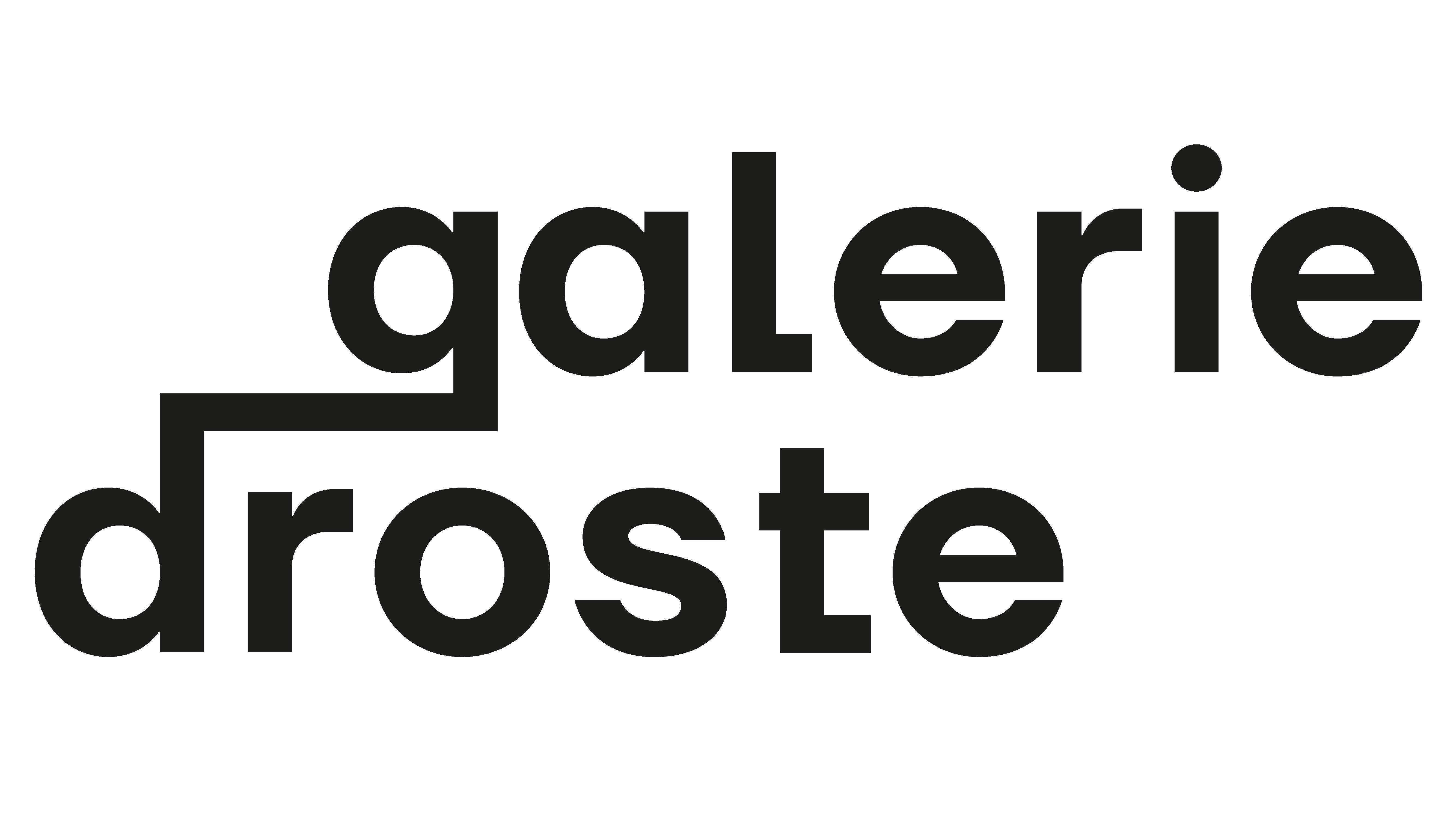First tagging his soon to be hallmark and middle name Shoe in the age of twelve Niels Meulman, born in 1967 in Amsterdam, became acquainted with New York graffiti legends such as Dondi White, Rammellzee and Keith Haring in the 1980s and quickly became a legend himself strongly influencing the European graffiti style. Educated by graphic artist Anthon Beeke in the 1990s he combined aspects of classic calligraphy with graffiti to develop what he proclaimed as Calligraffiti in 2007.
His series of diptychs called Unidenticals displays different subjects, which are duplicated by their apparent copies. Identical to the limits of artisanal accuracy they force the audiences to look closer. Aware of the fact that most people do not take the effort to have a decent look at abstract art they are now invited to search for the differences and therefore go deeper into the issue to find ontological answers to the attribution of original and copy.
His Reverse Paintings even objectify this idea of reversal as they are made of windscreens allowing seeing both sides of the painting. Reminding of ancient reverse glass painting this idea is not exactly new – but that doesn’t cause any conflict to Shoe, who states that originality is overrated; everything has been done in some way anyway. The real innovation lies in the painting style: Through repetition the once figurative painting became gestural and in consequence organic. Shoe kind of reverses the abstraction of nature, which once led to characters and ideographs; he brought nature and language together again.
Therefore we can understand the title Reverse Paintings in both ways, related to the two-sided objects themselves and to their contextual message manifested in the style of the paintings displaying herbal panoramas through the glass and more genuine graffiti on the rear sides. Since he has recognised that nature is the real Wild Style, Shoe’s black book could be mistaken for a herbarium. His preferred plants are those, which are referred to as weeds, as they have something in common with graffiti itself: “weeds are unwanted nature, graffiti is unwanted art”.

